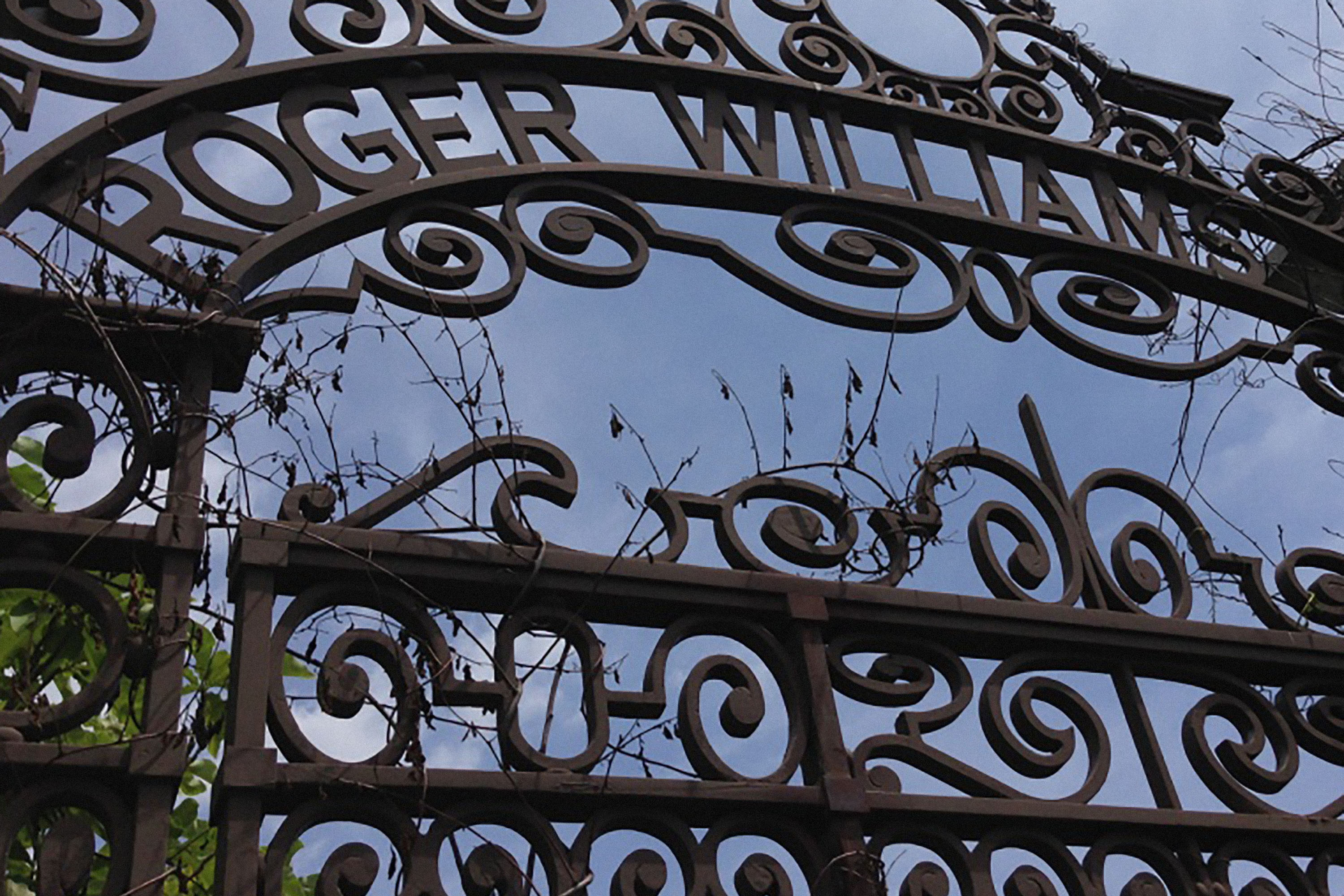
Photo Credit: E. Dustman
Today, I took the train all the way up to Cambridge, Massachusetts to study taxidermy turtles. You probably don’t hear that everyday since you’re not running around in herpetology circles, but I have been working on creating The Turtles of Rhode Island, an educational poster for the Roger Williams Park Zoo. My project isn’t necessarily innovative to the scientific world, but it is intended to be beautiful – to catch one’s eye – and to then to be informative after visually ensnaring said person. My mission is similar to that of what Audubon set out to do. Put simply, it is a classic fusion of science + art with conservation at heart. Everyone should start with the basics, right?
After months of rendering Rhode Island’s seven turtle species in graphite, I was left largely unsatisfied with my results. Everyone seemed to be satisfied with my drawings except for me. But why? Besides being a perfectionist, I am also a turtle biologist – I have spent 10+ years working with most of Rhode Island’s species firsthand, so I know most of the species very intimately. To me, my drawings were inaccurate, in fact, they weren’t even close to being representative of the turtles. I mean, I have looked deeply into the eyes of these turtles. I know all about their skin patterns. Their scutes. Their tiny toes. Barbels. Movements. Even, species specific behaviors which ultimately translates to turtle personalities (yes, I said it!).
At the core of it all, it’s about vision versus final product. I had a glorious vision of my turtles that I was not fulfilling. So, in my struggle, I reached out to 50+ scientists and finally settled on the Museum of Comparative Zoology (MCZ). There, they granted me special permissions to visit and study the taxidermy turtles of the herpetology lab. So, here I am at Harvard’s MCZ. While I am not legally allowed to share the photographs of the turtles (I had to sign legal waivers for each turtle), I will tell you that they are the most stunning taxidermy turtles I have ever seen. To top it off, they were created by a resident scientist, George Nelson, in the early 1900’s. Amazingly, at over 100 years of age, they remain most beautifully intact.
Although now long past, I am deeming George Nelson a scientist and an artist, specifically, a taxidermy artist. I mean, who knows what else George did in his creative life. What I do know is that he was certainly skilled at preparing and preserving turtles in life-like form for myself and others to learn from over a century later. And, that in itself, this educational preservation, is an incredibly valuable part of the process, if you ask me.
